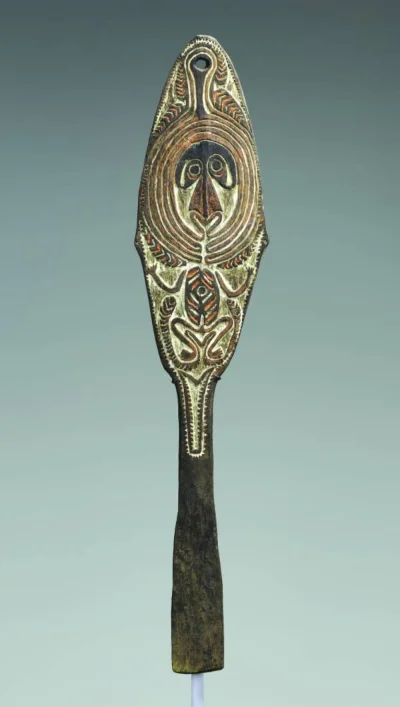|
There is a numbness in the world of cricket, and beyond. A bouncer, a blur of an attempted pull shot, a blow to the head rather than connection with the bat and a young life has been taken. This was a dreadful accident: a bowler plying his trade wholeheartedly and a batsman responding to the challenge. |
Phillip Hughes was well set, 63 not out as he will now forever be, and attacking as he had done all his cricket life. He was early on the shot, the bat through before the ball arrived, swivelling him round so that the left rear side of his head, the vulnerable spot below the line of his helmet, was exposed. He staggered, then plunged forward to lie prone, never to recover.
Death is a hazard faced with immense courage by many every day of their lives. But this is cricket, a game. We don’t expect this. It tests character. Fingers get mangled, arms broken, faces rearranged, ribs cracked and, despite the protection offered nowadays, skulls too on occasions. Five and a half ounces of solid cork and leather sent down at 90mph and more on occasion over a distance of no more than 60 feet, is a dangerous prospect. Yet until now, despite the intensity of competition that has always existed, and some close shaves, no one playing at this level has actually been killed as a result of a blow from a cricket ball. Perhaps, looking back, that in itself is a miracle.
In no ways was Hughes being reckless, but there is nonetheless a recklessness in the modern game, a by-product of the improvements in the protective equipment offered to batsmen. They feel safe, and therefore more able to indulge in strokeplay where more discretion might once have been shown. Players, often without the skill or technique, attempt to pull and hook with impunity, even tail-enders, believing themselves to be immune from serious injury. One needs only to look back to the England fiasco at Lord’s last season to see that where the bouncer was once an unsettling device, it has now become a mainstream wicket-taking delivery given the compliance of the batsmen. The demands, in particular, of T20 cricket, where no delivery can be ignored as a scoring option, further this attitude.
In general, the risk-reward assessment is right. It is a regular sight nowadays to see batsmen struck on the head, and little comes of it but a shrug and the next ball. There is considerably more exhilaration to be found in watching a top batsman take on the fastest bowling, the cut and thrust of it, rather than seeing them duck safely out of harm’s way. The game is a better spectacle for it. And the more batsmen take on the shot, the more bowlers will want to bang the ball in short, the extra man out on the boundary almost a default position. There was a time, when batsmen simply ignored the short ball, when bowlers instead realised the futility in wasting energy and relented. Those days have gone.
Tragedies such as this inevitably lead to soul-searching. Is the game actually considerably more dangerous than we have been seduced into thinking all these years? Or is the death of Phillip Hughes a devastating anomaly? The use of the bouncer is already restricted but there will be calls to ban it altogether, or to have a line across the middle of the pitch and deem anything short of that to be a no-ball. Some, counter-intuitively, might suggest banning the pull and hook shot instead. Neither will, or should, happen. Even in boxing fatalities are rare and that is a sport where one of the primary objectives is to render an opponent senseless through blows to the head: I still believe the game of cricket to be an intrinsically safe one.
It may well be that it is the fast bowlers who will reflect most on the consequences of what they do. Beyond Hughes’ family, no one will be more devastated at this tragedy than Sean Abbott, the young bowler who delivered the fateful ball. When Peter Lever, the England fast bowler, hit and almost killed the New Zealand No11 Ewan Chatfield, he was inconsolable and considered retirement. But Chatfield did not die and Lever was back sending down his skiddy bouncers the following season. This is different.
Abbott will be utterly bereft, possibly traumatised even. What on earth will go through his mind if the situation arises where he considers bowling a bouncer again?
I think we need to understand that there are two sorts of short-pitched bowling. The first is directed at the ribcage, often to short-leg fielders, in what we know as bodyline. It challenges the mettle, and technique. The second is most definitely aimed at the head (the England pace bowlers actually practise bowling at the badge on a helmet on a pole), not with the specific intention of hitting it, but to induce the top-edged pull: once the ball gets above shoulder high the shot becomes largely uncontrollable and certainly all but impossible to hit along the ground.
We may get some idea of the immediate effect on the way in which the game is conducted in the next week for India are due to play Australia at the Gabba on 4 December, and included in the Australian ranks is Mitchell Johnson, the fastest bowler in the world. So consider how he too will be feeling if he decides to unleash his own short-pitched bowling. Will he feel reticence or will he see the death of his Australian team-mate as a freak accident? Will he be encouraged to bowl as ever he has or the opposite? And what of the batsmen who must take up the challenge? Will instinct take over as soon as the first short delivery is banged in? Or will there, in that fleeting micro-second, be the semblance of creeping doubt?
Emotion is necessarily running high but cricket has to try to retain the essence of what makes it the spectacle that it is. With that, though, I hope and believe a game that has been spiralling almost out of control in terms of its naked confrontational aggression and sheer animosity, between international teams anyway, will take stock and calm down, at least in the short term. Phillip Hughes played the game with exuberance and joy and if there can be any legacy from his tragic departure it should come not in the form of better helmets or no bouncers but in the manner in which cricket is played.



